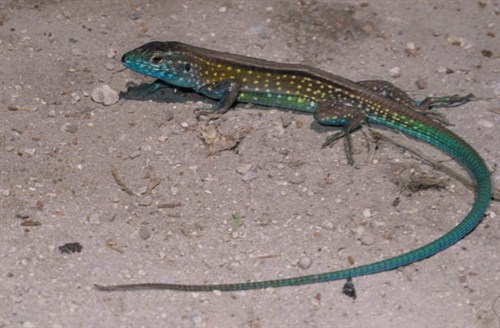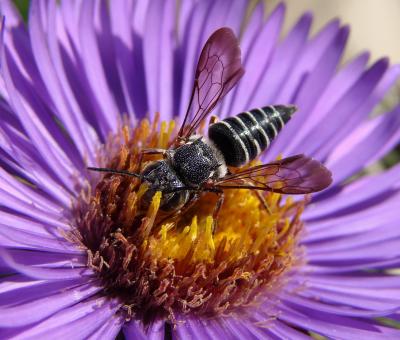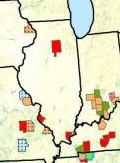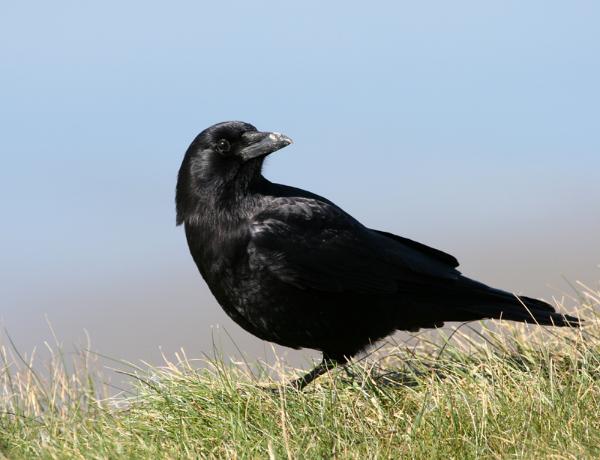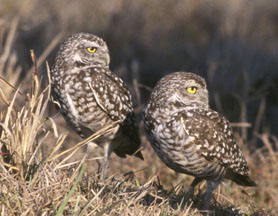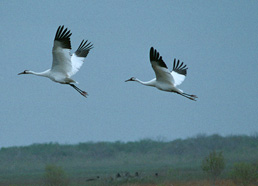 In 2009, 23 federally endangered whooping cranes died because of a drought. A recent court ruling says that this is an illegal take of a federally-endangered species, and that the federal law has precedence over Texas state law, which says that water is doled out on a first come, first served basis, says an article in Bloomberg.
In 2009, 23 federally endangered whooping cranes died because of a drought. A recent court ruling says that this is an illegal take of a federally-endangered species, and that the federal law has precedence over Texas state law, which says that water is doled out on a first come, first served basis, says an article in Bloomberg.
The Texas state agencies will appeal the ruling, the article says.
The whooping crane flock in question is the world’s only self-sustaining wild flock, the article says, migrating from Canada to Texas. The article also implies that what was once “an isolated stretch of Texas coastal marsh,” where a tiny flock of whooping cranes survived unnoticed at a time when the species was thought to be extinct, is now home to the “world’s largest concentration of refineries and petrochemical plants.”
Read the Bloomberg article here.
Photo: Whooping cranes at Aransas National Wildlife Refuge, by Steve Hillebrand, courtesy US Fish and Wildlife Service.

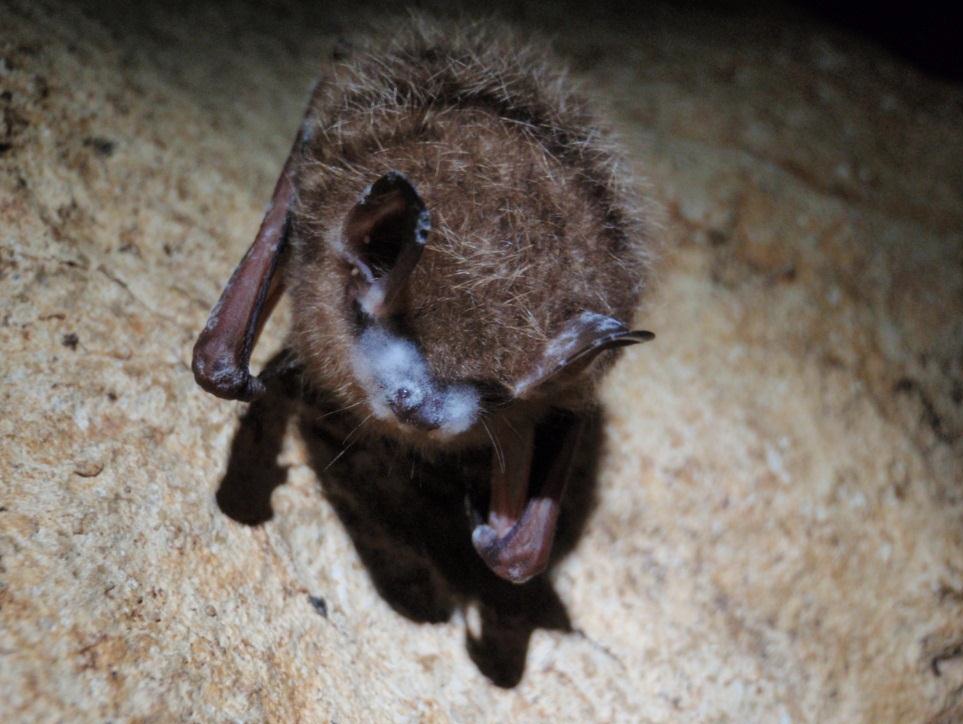 According to a
According to a 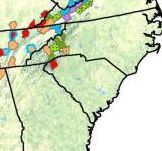 A tri-colored bat, found dead in Table Rock State Park in the northwestern corner of South Carolina, has been confirmed to have white nose syndrome (WNS), the
A tri-colored bat, found dead in Table Rock State Park in the northwestern corner of South Carolina, has been confirmed to have white nose syndrome (WNS), the 
